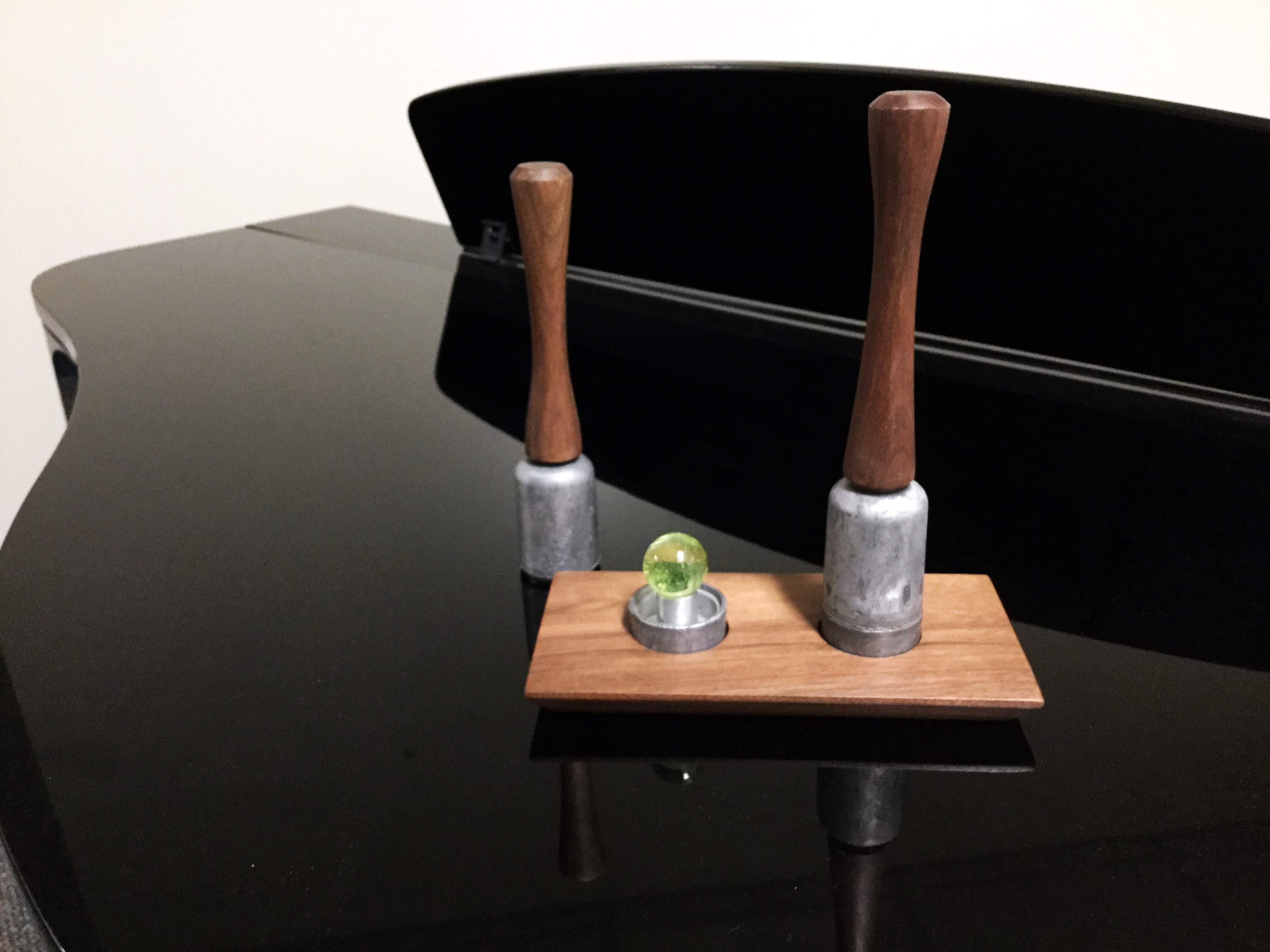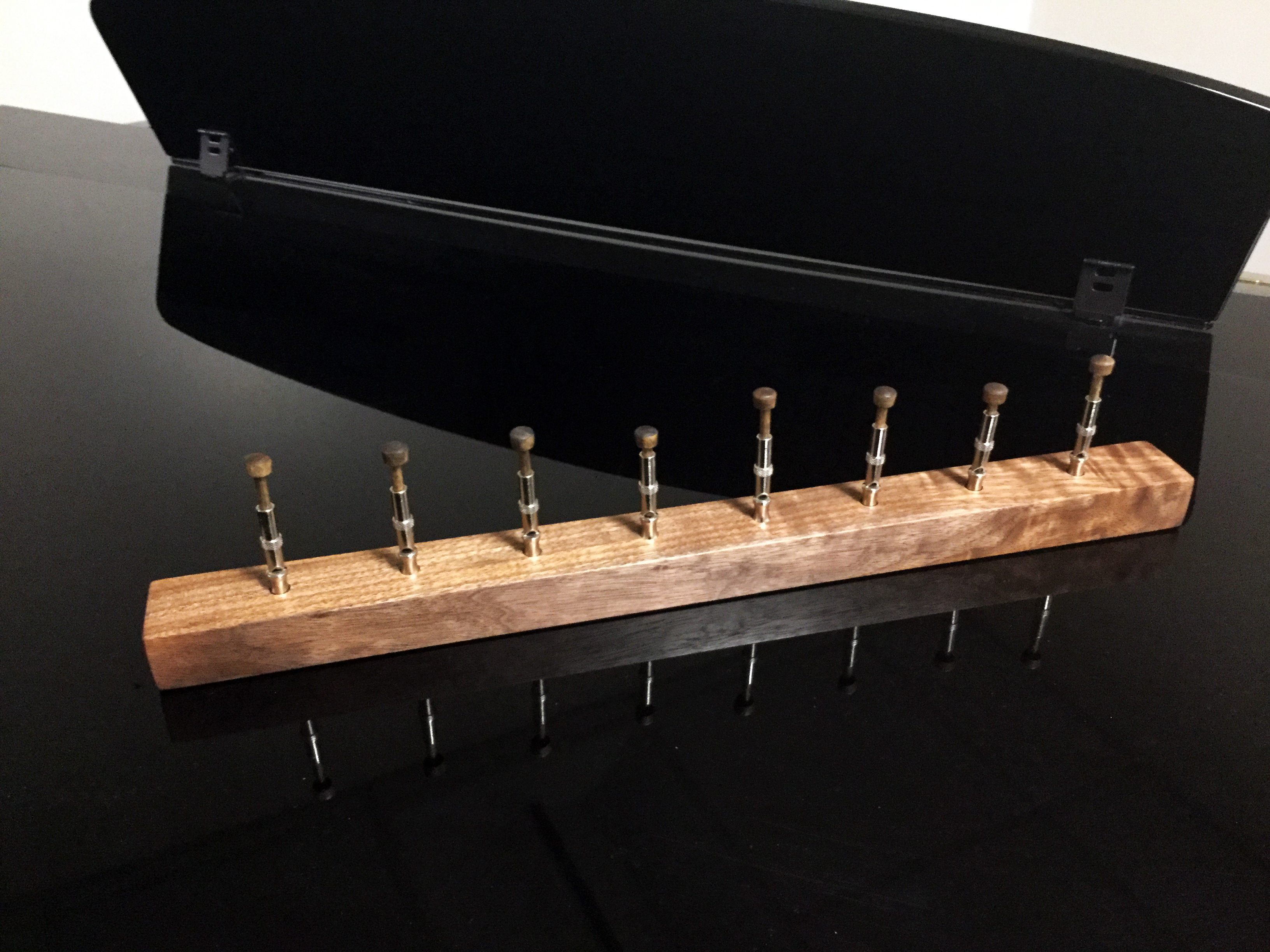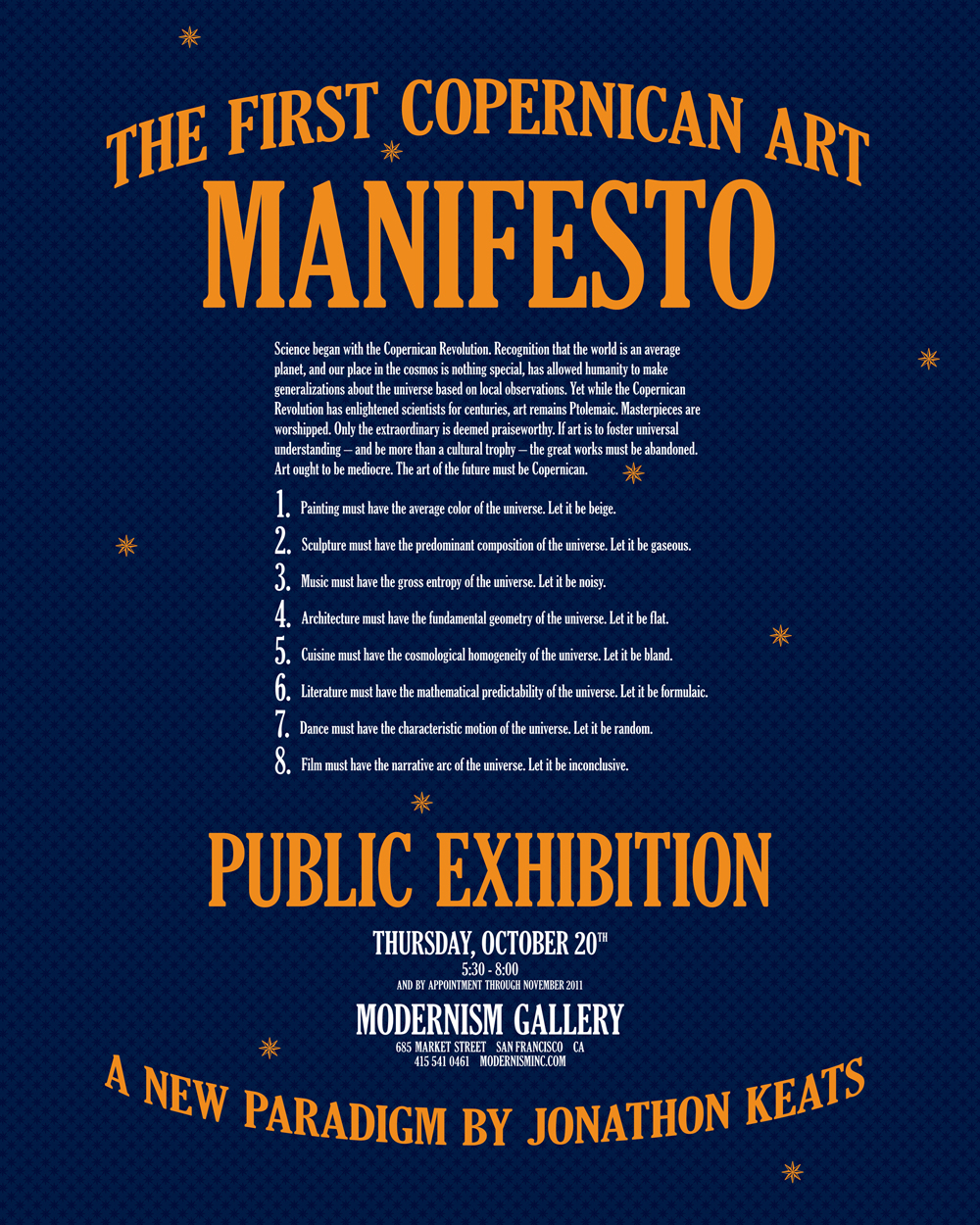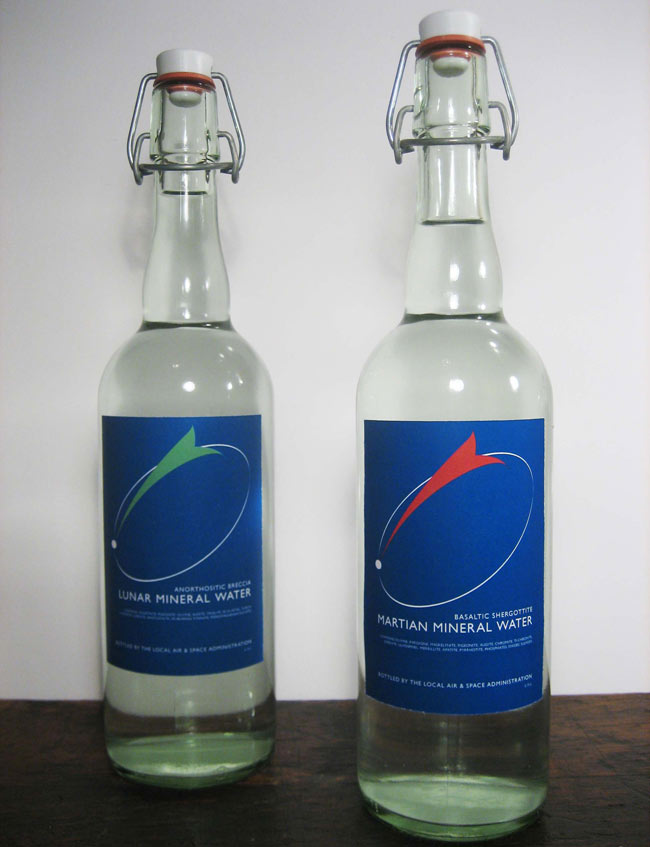Alien Thinking: The Conceptual Space Art of Jonathon Keats
Asking Cosmic Questions
Experimental philosopher Jonathon Keats spends a lot of time thinking about the Big Questions: What is the nature and purpose of art? How can humanity best understand its place in the universe? Does drinking mineral water infused with bits of Martian meteorite make you an alien?
Over the years, Keats has launched a number of space-art projects to probe these and other vital queries. Here's a look at his space-themed works, from a celestial observatory for microbes to an attempt to goad God into creating more universes.
Intergalactic Omniphonics' Gamma-ray Bells
The gamma-ray bells designed and built by experimental philosopher Jonathon Keats for his "Intergalactic Omniphonics" project, which launched in July 2018. Intergalactic Omniphonics aims to generate music that can be accessed by any creature throughout the cosmos, whatever its evolutionary history and dominant sensory modalities may be.
The 'Gravitational Cello'
Intergalactic Omniphonics' gravitational cello.
The Ultrasonic Organ
Intergalactic Omniphonics' ultrasonic organ.
Jonathon Keats' Cosmic Welcome Mat
One iteration of the "cosmic welcome mat" developed by experimental philosopher Jonathon Keats in 2017, in consultation with space archaeologist Alice Gorman. The mats are designed to let aliens know they are welcome here on Earth.
Cosmic Welcome Mat at Flinders University
A cosmic welcome mat at Flinders University in Adelaide, South Australia. During the week of Sept. 25, 2017, a handful of the mats — which come in four different varieties — graced doorsteps at Flinders, and one sat at the entrance of the Adelaide Convention Centre. (The Centre hosted the 68th International Astronautical Congress during this time.)
A Celestial Observatory for Microbes
In January 2012, Keats launched the Microbial Academy of Sciences, reasoning that huge colonies of micro-organisms may be able to glean insights about the universe that remain off-limits to the human mind.
One of the Academy's projects is a celestial observatory. Cyanobacteria are exposed to images taken by NASA's Hubble Space Telescope, allowing the photosynthesizing microbes to detect patterns of starlight — and perhaps make some important discoveries.
Humanity will likely never know what, if anything, the cyanobacteria find out. But that doesn't concern Keats. "What matters is that the universe is understood, not that the knowledge belongs to any one of us," he said.
Breaking space news, the latest updates on rocket launches, skywatching events and more!
Pushing for a 'Copernican Revolution' in the Arts
Keats issued a "Copernican art manifesto" in autumn 2011, calling for the abandonment of masterpieces in favor of works that better represent our entirely mediocre universe.
Among the manifesto's tenets: Paintings should be beige, the average color of the universe; sculpture should be gaseous, matter's predominant state; and literature's narrative arc should be inconclusive, like that of the universe.
Copernican Paintings and Sculpture
This photo, taken at San Francisco's Modernism gallery, shows some of Keats' beige Copernican paintings and one of his hydrogen-gas "sculptures."
Copernican "Anti-Seasoning"
According to Keats, Copernican cuisine should have the homogeneity of the cosmos. So he created this "Universal Anti-Seasoning," which is designed to make any dish as bland as cabbage soup.
The Local Air & Space Administration
In 2010, Keats' Local Air & Space Administration (LASA) began selling mineral water infused with tiny bits of Martian meteorites.
Anyone willing to plunk down $45 could buy a bottle and incorporate some Martian essence into his or her body. LASA also hawked bottled moon essence for $30 and stellar water — made with carbonaceous chondrites containing bits of nanodiamond likely forged in the cores of faraway stars — for $60.

Michael Wall is a Senior Space Writer with Space.com and joined the team in 2010. He primarily covers exoplanets, spaceflight and military space, but has been known to dabble in the space art beat. His book about the search for alien life, "Out There," was published on Nov. 13, 2018. Before becoming a science writer, Michael worked as a herpetologist and wildlife biologist. He has a Ph.D. in evolutionary biology from the University of Sydney, Australia, a bachelor's degree from the University of Arizona, and a graduate certificate in science writing from the University of California, Santa Cruz. To find out what his latest project is, you can follow Michael on Twitter.











